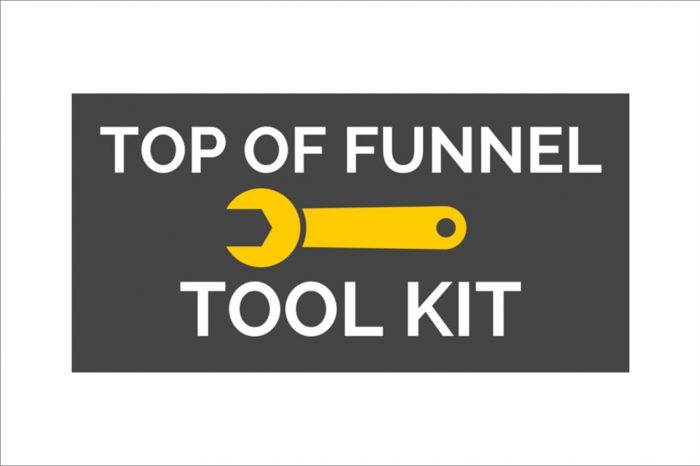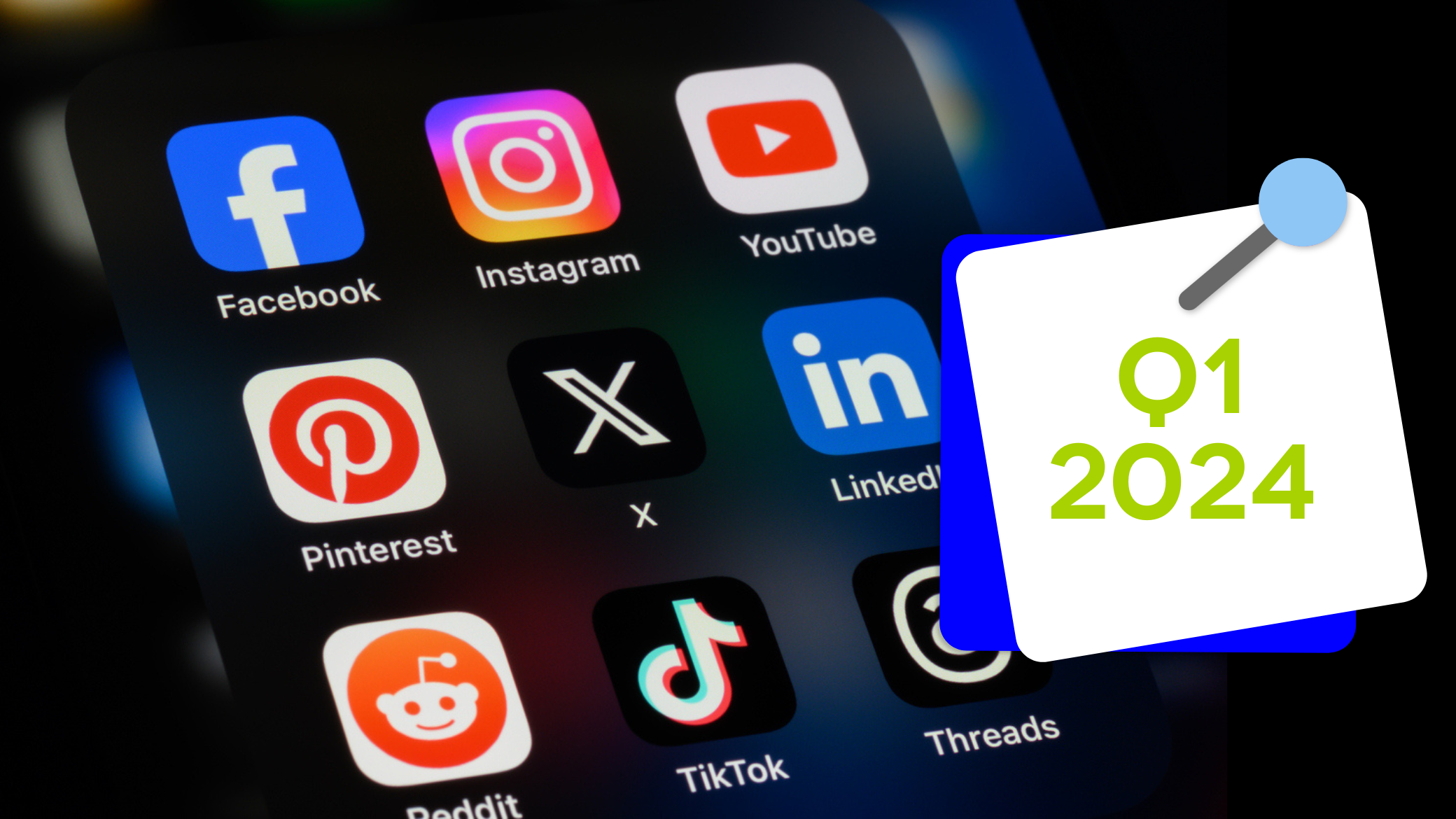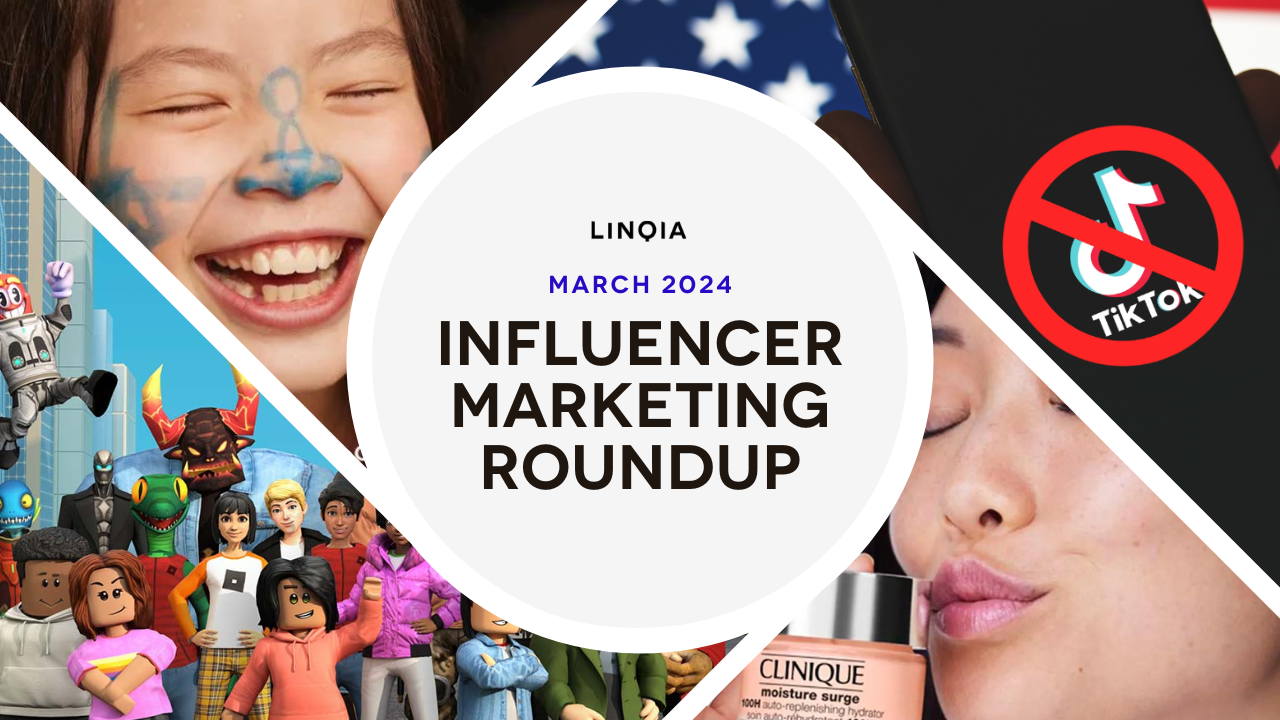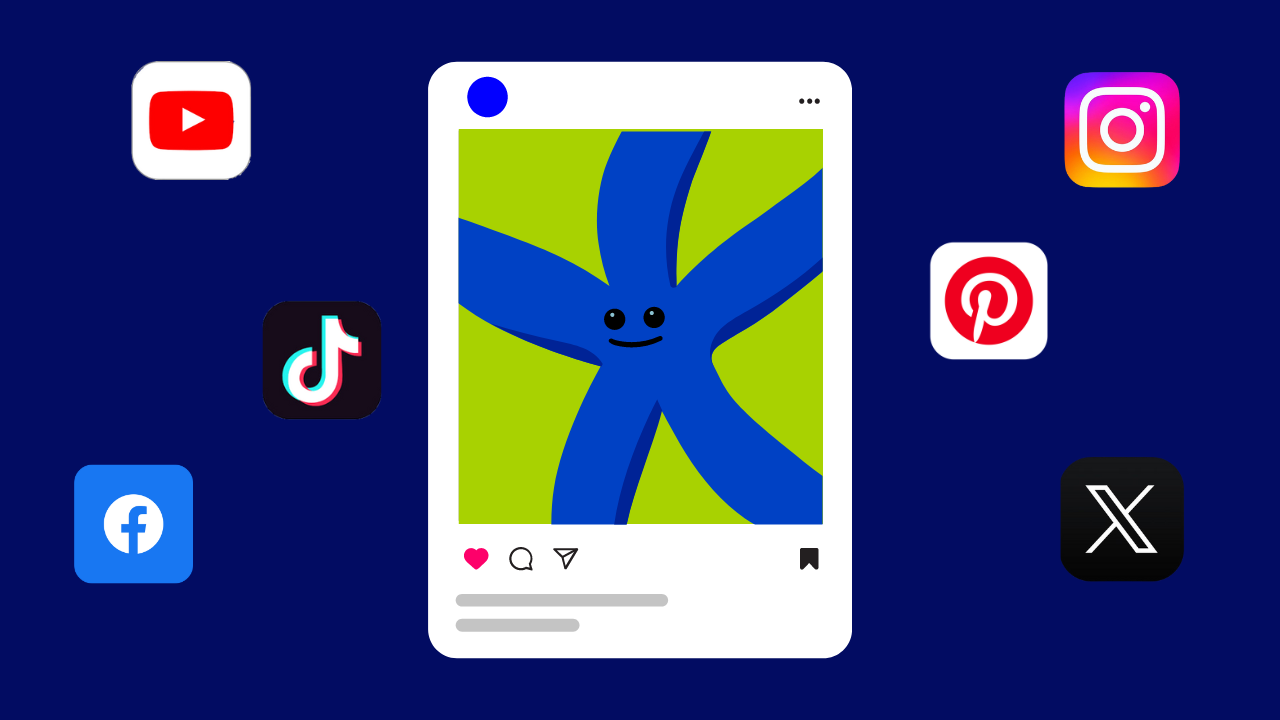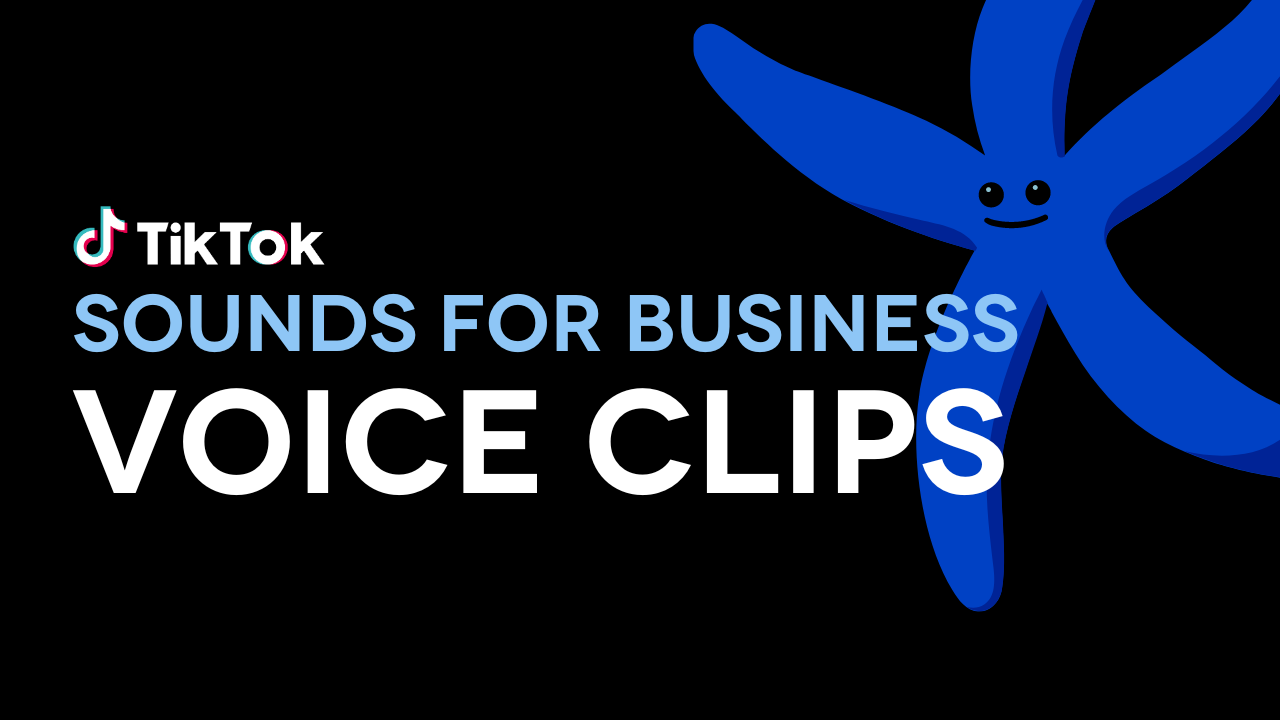In our past posts we explored the history of the top of the marketing funnel and its basic mechanics, but now it’s time to get granular and evaluate the specific tools that are currently being used to inspire consumers into the top of funnel.
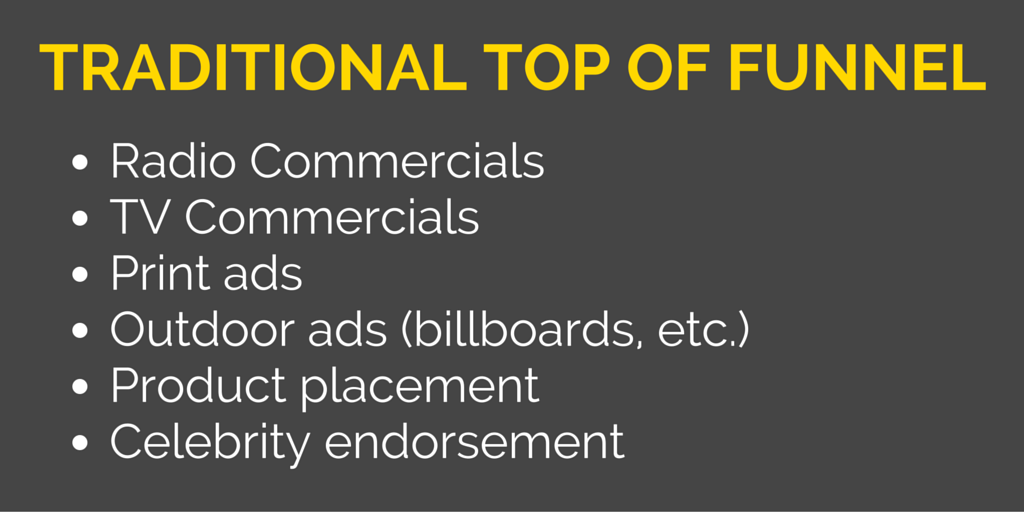
Almost all companies still use traditional top of funnel strategies listed above.
These highly visible ads use a combination of repetition, graphically arresting images, and triggering copy to tap into the psychological desires and fears of a consumer and catch their attention through these “snares.”
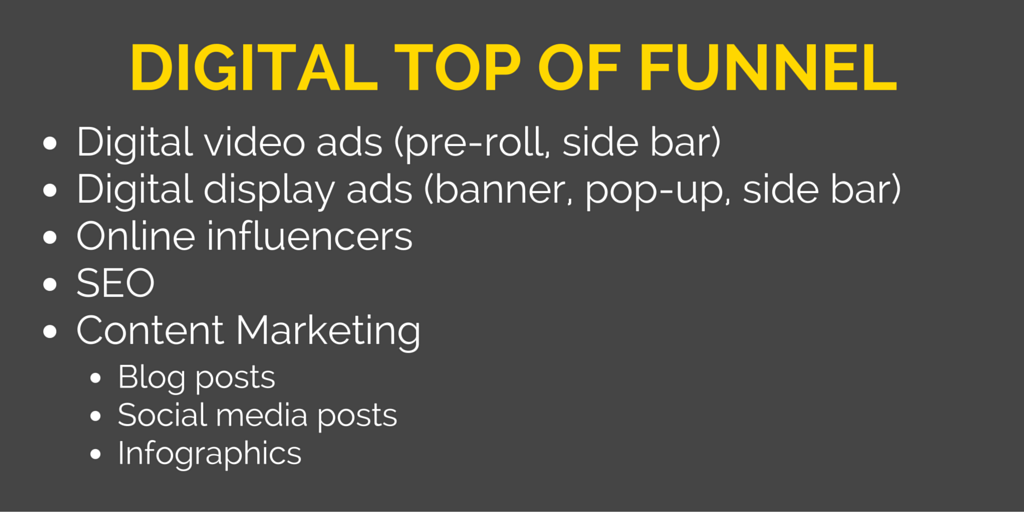
Traditional strategies have migrated to the internet in several forms, including digital video and digital display ads.
Display ads, especially in the form of banner and pop-up ads, have been largely unsuccessful in converting any consumers into the top of funnel. Your potential customer has about the same chance of being struck by lightning as clicking on a banner ad. The increasing popularity of ad-blocking apps and software extensions further proves the ineffectiveness of this type of ToFu content.
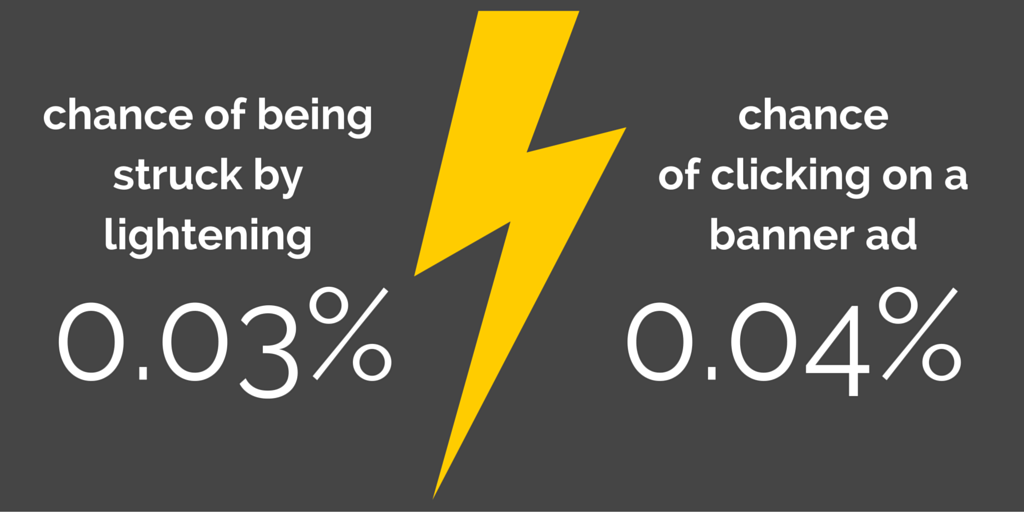
The idea of celebrity endorsements has also translated from IRL to the web, with more success than display.
Individuals holding a non-famous status have also tapped into endorsements; there are now thousands of online influencers who are micro-celebrities within their own niche communities, and they have their own ambassadorships and sponsorship deals. They introduce and raise awareness about new products, features, and offers, communicating them to their followers on social media or other platforms.
Another ToFu tactic to raise a brand’s awareness is SEO (search engine optimization).
For many years SEO strategy relied purely on an abundance of similar keywords on a page to raise search rankings, but this is now too simple to be effective. Because Google is constantly improving their algorithms to only index sites that are relevant to searches, the keywords associated with a piece of content now need to be sprinkled through out content that is truly relevant to Google searches. This means that for content to be highly ranked, it needs to actually be useful and interesting: in other words, content that users are actually looking for.
This is where content marketing comes into play for the top of funnel.
It is now much more than a nice-to-have, it should be a central component in any brand’s marketing spend and strategy. Content marketing has become one of the most effective way to get a customer into ToFu.
Why?
Because it is the best way to establish trust with a consumer. We’ve already shown that consumer trust in brands is at all all time low; trustworthiness is now a key differentiator between you and your competitors.
Good content marketing provides value to potential customers, informing and/or entertaining them while instilling you as a trusted friend that is there to help the consumer.
Good content must provide value without asking for anything in return (at least, not at first,) otherwise it’s just another display ad, shouting its message at passersby who may or may not be interested. Being a source of information and fun will draw consumers into your top of funnel much more effectively than being an adept interrupter.
Since not all content is created equal, what traits should be infused into content to make it inspiring enough for a consumer to enter top of funnel?
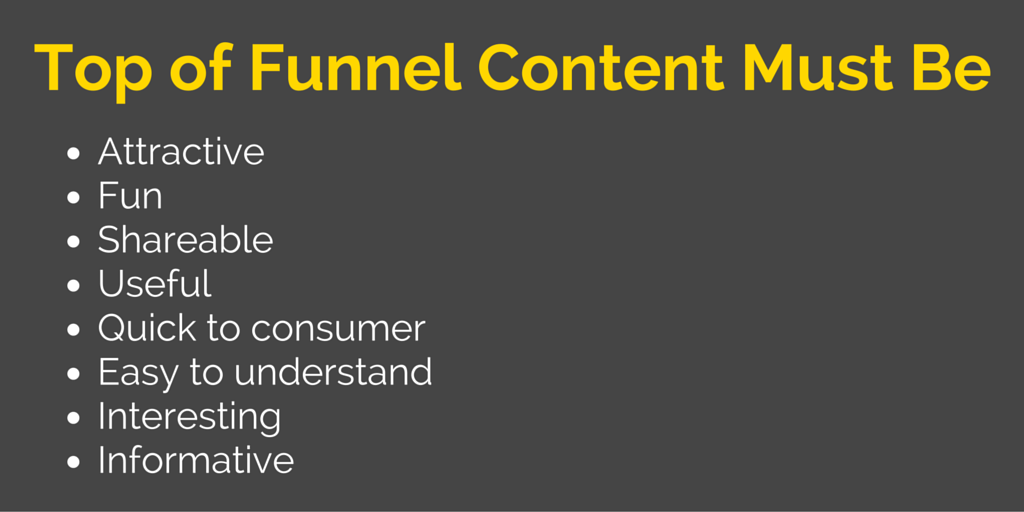
Is it possible to hit every one of these bullet points in every piece of content?
Unlikely.
Instead aim to have at least three of these traits in each piece of content associated with your brand. Look at your brand identity, are you a fun brand, or more serious? Your content should reflect your brand’s personality, consumers will be confused and suspicious if you are inconsistent in your tone.
As we mentioned in our previous post, the volume of content needed to reach a customer has increased significantly. The average consumer will now see around 285 pieces of content per day on social media alone, “which equates to an eye-opening 54,000 words, and, for the truly active, as many as 1,000 clickable links.” So how can you create enough content that will be attractive to your audience? And, an even better question, how can be sure that the content is reaching the right people?
The answer lies at the intersection of content marketing and those online influencers we mentioned earlier.
Influencers are influential because they speak to a certain demographic. For example, a single, college-aged young woman who blogs and Instagrams her work out records, tips, gear, and healthy recipes will attract other young women with similar lifestyles looking for exercise ideas and healthy food. An influencer’s followers are their followers because they share similar hobbies, passions, and values with the influencer. They see influencers as trusted friends who have their best interests in mind.
Sound familiar?
That’s because influencers are the most effective content marketers in the world.
By recruiting influencers to create and distribute content on your brand’s behalf, you will be injecting your brand right into the heart of online communities where your target audience comes to learn and play.
“Many influencers are reaching as many, if not more, people than traditional publishers every single day… They got that reach because they were really good at producing original content that people wanted with the specific point of view they brought to the table…” –Jason Stein, AdAge
So how do you find these influencers?
There are new influencer agencies and platforms popping up everyday, so it is important to partner with one that aligns with your specific needs.
A Good Influencer Partner Will:
- Have a diverse and qualified database of influencers to choose from
- Ask you detailed questions about your brand identity in order to match you with influencers who align with your target audience
- Provide insights into the effectiveness and behavior of different types of influencers
- Make recommendations about potential target audiences beyond your current ones
- Be able to help you craft a brand story for your campaign
- Be able to 100% own the outreach and relationships with influencers, if desired
- Or, facilitate your relationships with the influencers, if your brand wishes to be more hands-on in your campaigns
- Optimize your campaigns in real time
- React quickly to your requests
- Deliver concise reports with relevant metrics that you would be proud to pass along to clients or other departments
- Strategize with you for future campaigns or changing goals
If your influencer partner is not meeting these standards, don’t fall victim to the Sunk Costs Fallacy: you’ve already invested so much time and money into a partner, so it’s better to stay the course.
If you aren’t seeing clear performance from your investment, or if your partner is unable to provide transparent reports proving their achievements, it’s time to move on.
How exactly is the performance of influencer and content marketing campaigns programs measured? What metrics matter, and which are just fluff?
